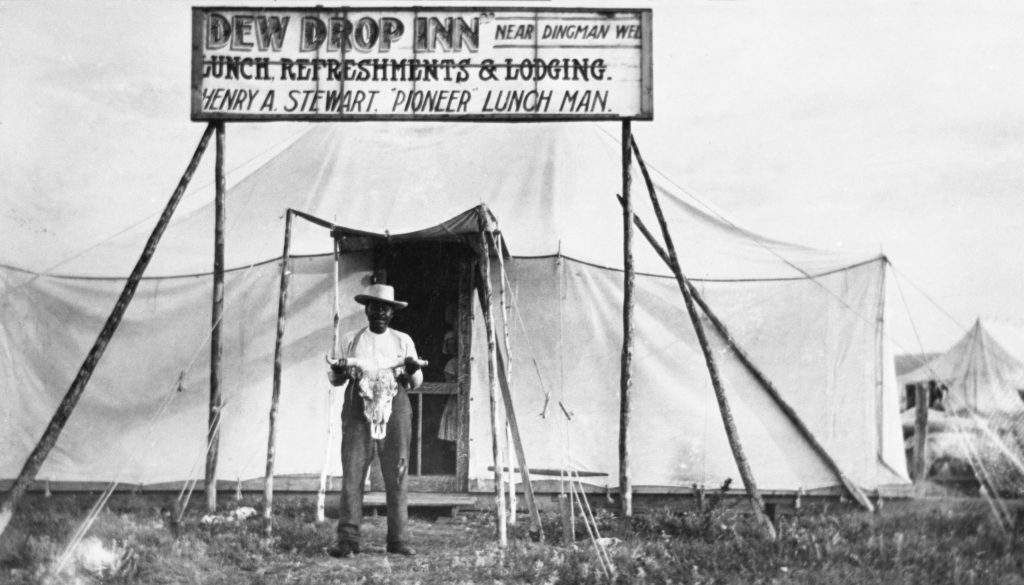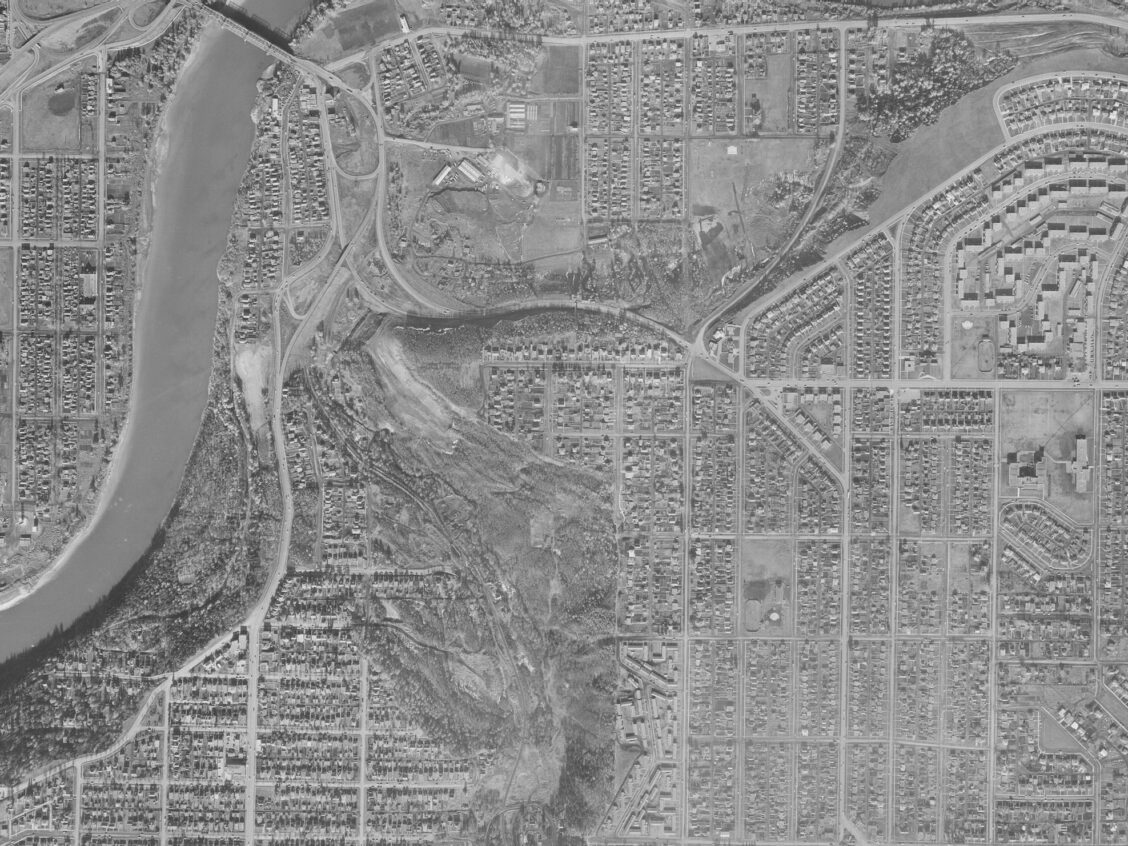Featured Stories
Explore Collections

Labour History
Want to learn about what it was like to build one of Edmonton’s skyscrapers without a safety harness, or the work it took to rebuild a family after a tragic run-in with scarlet fever?
This collection features stories like these about the history of labour in Edmonton. Our writers will be exploring the work that Edmontonians have done in television, construction, making food, and much more.

Edmonton’s City Council
Over the years Edmonton has had its fair share of city councillors. Explore the collection and learn more about the interesting people who have served on City Council.

Black History in Alberta
The collection hosts ongoing work and welcomes contributions through community voices and work.
Join us as we continue to find ways to examine, discuss, share, celebrate, and amplify Black voices in order to learn and challenge our understandings of race, racialization, and racial identity in the context of colonial Canadian histories.
Make sure to check out our Virtual Exhibit And Still We Rise: A Black Presence in Alberta





